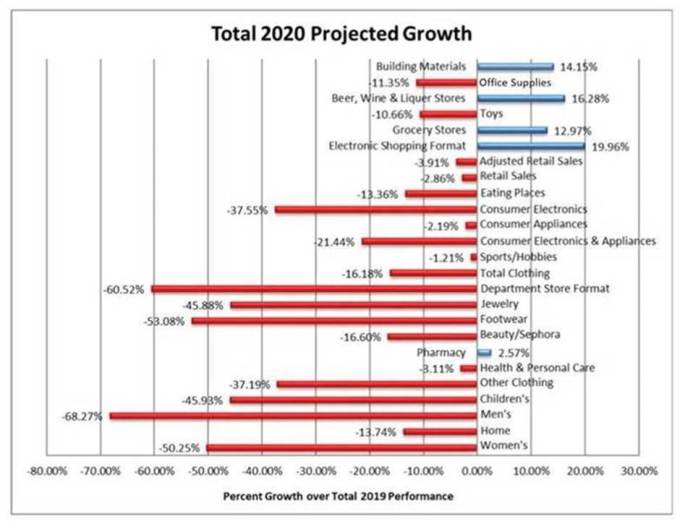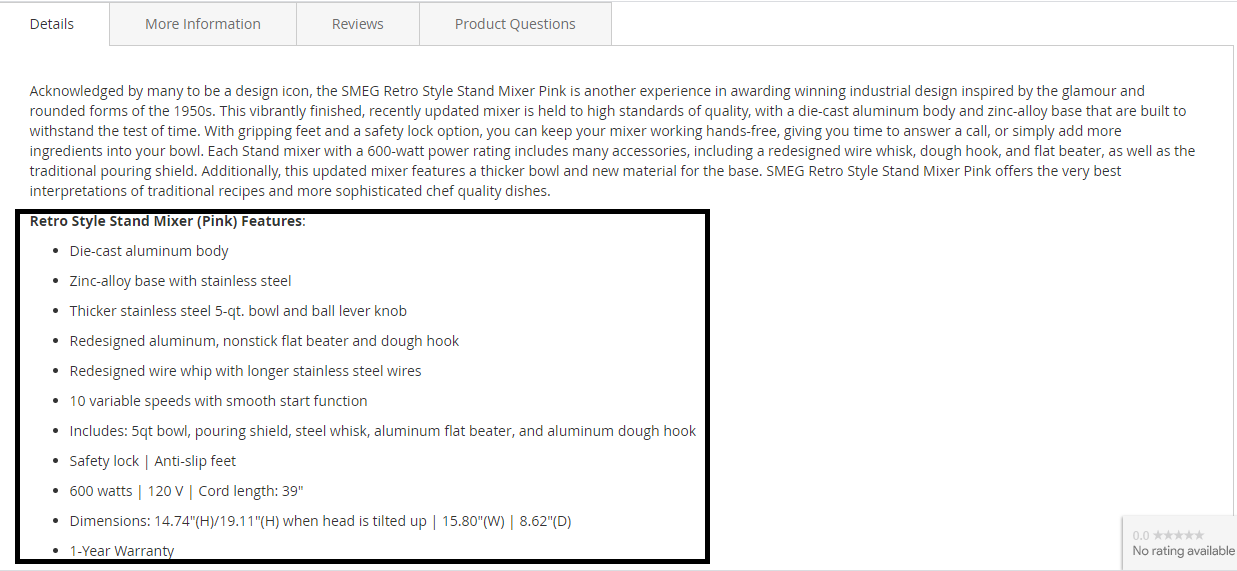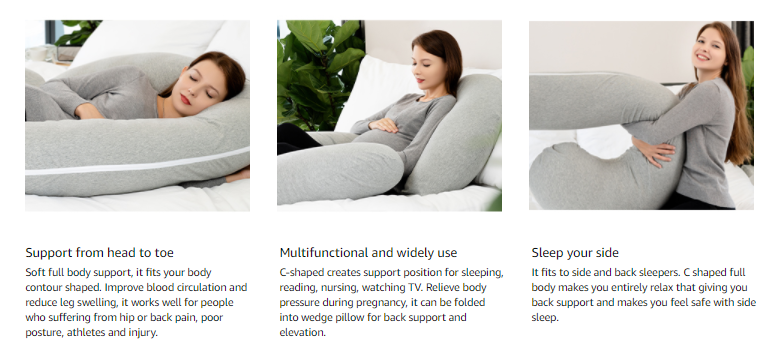In the wake of the pandemic, we saw many industries suffer from the lockdown. A lot of businesses had to close, many lost a lot of money and had to let their staff go.
However, the one industry that seems to have withstood the hurdles brought by COVID-19 is ecommerce. When the pandemic started, consumers around the globe were limited to online shopping, which gave an incredible boost to the entire industry. And now, according to the report by TechCrunch, the COVID-19 pandemic accelerated the shift to ecommerce by five years.
From the image below, you can see that while other industries struggle with growth this year, ecommerce remains on top, with almost 20% in projected growth:

Naturally, the growth in demand for more ecommerce services has resulted in a spike in competition. Sellers and online retailers try to come up with new ways, how to attract potential customers and boost their revenue.
However, you don’t have to invent the wheel to give the customers what they want. Sometimes it’s enough to create a decent product description that provides consumers with enough information to make an informed purchase decision.
Nevertheless, even a good product description still can get lost in the sea of similar product content. To help your product stand out, you need to optimize your descriptions for SEO.
That’s what we’re going to talk about as we look at three main steps to writing SEO-friendly ecommerce product descriptions.
Step #1 Optimize Keywords for Search Intent
What prompts your customers to look for your product online?
You should answer this question every time you pick keywords to optimize your product descriptions. Meaningless keyword stuffing is an obsolete practice, and you won’t get your product to the top Google search results with it. What will help, however, is choosing keywords based on search intent.
User or search intent is the purpose with which a consumer is looking for something online. There are four main types of search intent that you may use when researching the keywords:
✓ Informational – a consumer simply looks for information (e.g., what is a maternity pillow, ecommerce SEO)
✓ Navigational – a consumer is looking for a certain website or online page (e.g., Instagram, Amazon login)
✓ Transactional – a consumer wants to purchase a product (e.g., Magento pricing, Amazon gift card)
✓ Commercial investigation – a consumer wants to compare products or services before purchasing (e.g., Samsung vs. Apple, Shopify review)
So, let’s say your target audience are pregnant women, and they are interested in buying a U-shaped pregnancy pillow. The keyword u-shaped pregnancy pillow has more of an informational intent, but you can still include it in your product description because, most likely, your target audience is looking for information on a specific product and its benefits.
And, you don’t need to overstuff your product description with this keyword, the goal is to make it look natural, like in the example below:

As you can see, there is no need to include the exact keyword, as Google will be able to recognize its variations. However, the goal is to match the search intent, with which your audience is looking for a product like yours and to provide them with product content relevant to that intent.
Step #2 Insert Keywords Strategically
There is a belief among some SEO specialists that keyword density impacts search engine optimization and the speed of page indexing (how fast Google bot visits and crawls a certain page).
However, multiple research has shown no direct proof that keyword density can help you rank higher quickly. One study from the Online Information Review journal has shown that examples with the keyword density of 97%, which is an extreme level, and 3.94%, which is a favored level, were not indexed by Google faster, but a webpage with a keyword density of 40% got indexed before them.
The results of this study indicate that there are other factors that Google takes into account first before indexing the page, like the quality of content as well as malpractice instances such as content scraping or cloaking.
Does it mean that keyword optimization is not as important as it used to be? Of course not. Google still needs keywords to crawl and sort webpages to help them appear in relevant searches. But both keyword overstuffing putting a few keywords in your product description are not good practices if your goal is to optimize them for SEO.
What you’re looking for is a golden middle. For a proper keyword density that won’t make your product content look too spammy, insert keywords strategically in the following sections of your product descriptions:
✓ one keyword in the product title
✓ a couple of keywords in subheading
✓ two-three keywords in the body of the description
Here’s a good example of a well-optimized product description that uses the product name as a keyword. This keyword repeats a total of six times, both in the product title and the description:


If you are in doubt whether your product description looks natural with all the keywords in it, you can proofread it using editing tools from custom academic writing services, where you can also check readability.
Besides optimizing your product descriptions with keywords, you also need to include them in the ALT text in the images if you decide to add them to your product description.
Step #3 Put an Emphasis on Main Product Features
The goal of SEO, and ecommerce SEO, in particular, is not just to make product content more discoverable but also to make it easier to navigate. You can improve the structure of your product descriptions by highlighting the main product features.
The majority of sellers usually do it using a bullet list, describing what the product offers and which consumer needs it can meet:

In the image above, besides the list of features, you can also see that the entire product description is broken down into sections, such as product details, more product information, reviews, and questions. This can help make the navigation easier and makes a product description more informative.
However, you can also add images and visuals if the platform where you’re selling your product allows you to do so. For instance, Amazon allows its sellers to add images, GIFs, and videos to product descriptions:

This is a great way to make your product descriptions look more organized. However, if you decide to include images, make sure you also add ALT text that contains a relevant keyword for SEO optimization.
Over to You
Product descriptions play a very important role in helping customers make final purchase decisions. Along with product reviews, descriptions help consumers find out more information about the products they are interested in. And, if the product they buy online doesn’t match its description, it can cost you even the most loyal customers.
However, in the wake of the growing competition among ecommerce sellers, it’s not enough to create a good product description. If you want to make your products stand out from the crowd, SEO optimization is a must.
But don’t do mindless keyword stuffing. Instead, concentrate on search intent to make sure your product appears in the relevant search results. Insert your keywords strategically, and focus on making your descriptions easy-to-navigate. This way, you will not only help your customers make a more informed purchase decision but will also help Google crawl your product pages and index them faster.
Author’s bio. Daniela McVicker is a passionate digital marketer. Daniela is interested in everything related to SEO and blogging. She collaborates with many authoritative sources where she shares her experience and helps marketers make their names in the online world. You can check her last Grabmyessay review.




